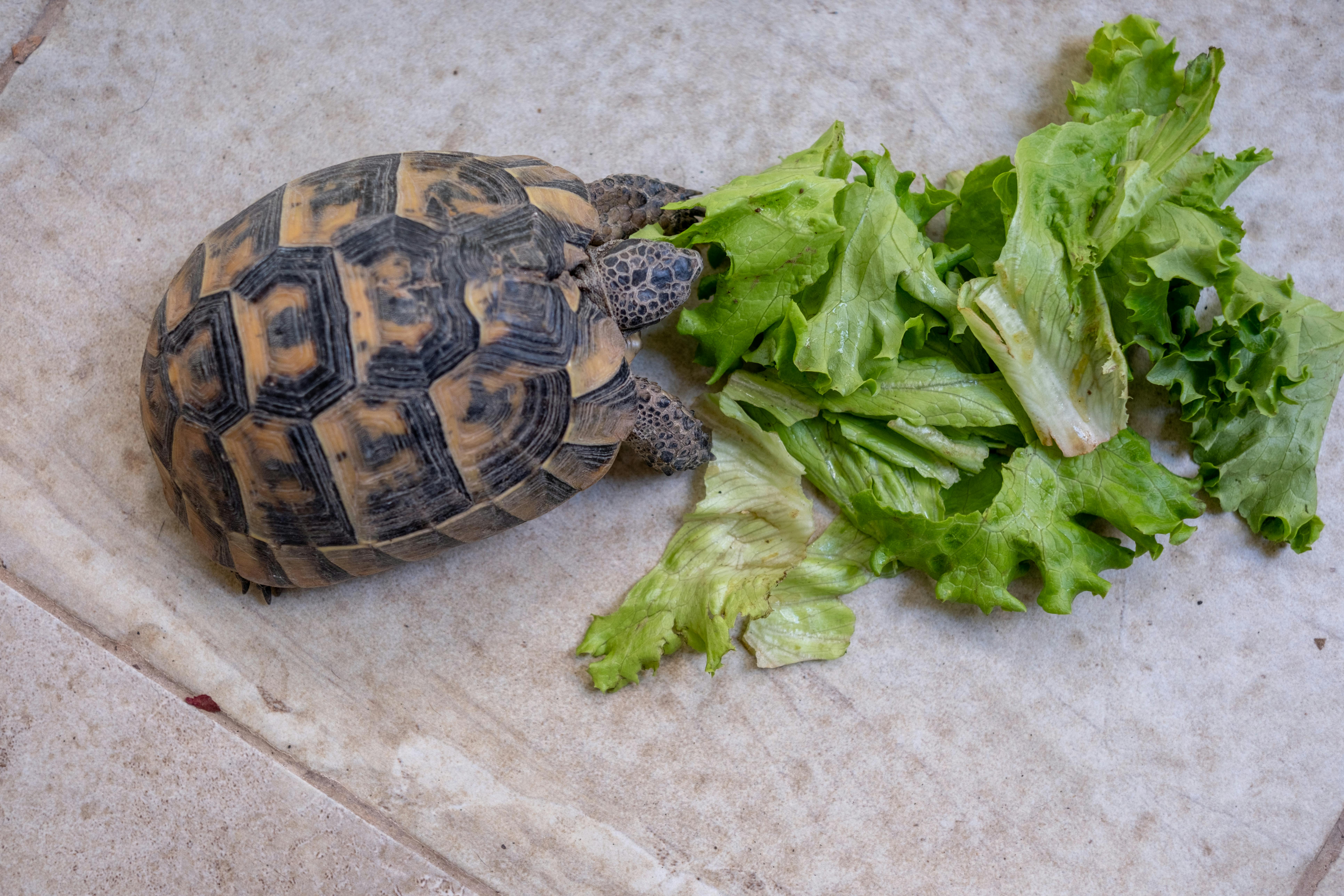
Effective Ways to Stretch Calves for Improved Flexibility in 2025
Stretching the calves is essential for athletes and fitness enthusiasts alike. Not only does it enhance muscle flexibility, but it also aids in injury prevention, improves overall performance, and promotes recovery. With the increasing focus on flexibility training, understanding how to stretch calves properly becomes vital. This article discusses effective calf stretches, the benefits they offer, and practical techniques to improve calf muscle flexibility.
As we delve into the best calf stretches, such as the standing calf stretch and seated calf stretch, we will provide insights on how to integrate these techniques into your daily routine. You’ll learn about the importance of calf stretches, types of stretches, and specific routines tailored for athletes and those with tight muscles. By the end of this guide, you'll be equipped to enhance your calf flexibility, enjoy better movement, and reduce muscle soreness.
Get ready to discover effective calf stretching exercises, their benefits, and tips for maximizing your results!
Understanding the Anatomy of Calf Muscles
To effectively stretch the calf muscles, it is important to understand their anatomy. The calves primarily consist of two muscle groups: the gastrocnemius and the soleus. The gastrocnemius, which is the larger of the two, aids in plantar flexion (pointing the toes) and knee flexion. The soleus lies beneath the gastrocnemius and plays a significant role in maintaining balance and posture while walking and running.
Both muscles connect to the Achilles tendon, which is crucial for activities involving jumping and running. When these muscles become tight, it can lead to discomfort, limited mobility, and even injury. Thus, incorporating regular calf stretch techniques can help maintain flexibility and strength.
The importance of calf flexibility cannot be overstated. Improved flexibility can enhance athletic performance, reduce the chances of calf strains, and generally provide better movement patterns for daily activities. Hence, a strategic approach toward calf stretching is essential.
Common Calf Stretch Techniques
There are various calf stretch techniques available that cater to diverse fitness levels and needs. Here’s a brief overview:
Standing Calf Stretch
This classic stretch is easy to perform and can be done almost anywhere. Stand facing a wall with your hands pressed against it. Step one leg back while keeping it straight, bend your front knee, and press your back heel into the ground. Hold this position for 20-30 seconds to effectively stretch the gastrocnemius.
Seated Calf Stretch
Sit on the floor with your legs stretched out in front of you. Loop a towel or resistance band around the ball of one foot, gently pulling towards you while keeping your knee straight. This targets the soleus muscle and can be particularly effective for those with limited mobility.
Foam Roller Calf Stretch
Using a foam roller helps in performing myofascial release, which aids in relieving muscle tension. Sit on the ground and place the foam roller under your calf. Lift your body using your arms and roll the calf back and forth on the roller to alleviate tightness.
With these techniques, it is important to practice proper form to maximize benefits and minimize injury risks.
Daily Calf Stretch Routine
Incorporating a daily calf stretch routine can greatly improve calf muscle flexibility. Here’s a recommended routine:
Morning Calf Stretches
Begin your day with 5-10 minutes of calf stretching. Performing stretches like the standing calf stretch upon waking can set a positive tone for your flexibility. Remember to take deep breaths, allowing the muscles to relax as you stretch.
Pre-Exercise Calf Stretches
Before engaging in running or any physical activity, performing dynamic calf stretches is crucial. These stretches warm up the muscles and prepare them for intense activity. Incorporate calf raises or gentle bouncing on your toes to activate the calves and improve blood flow.
Post-Workout Calf Stretches
After workouts, static calf stretches help muscles recover and prevent soreness. Stretch each calf for at least 30 seconds post-exercise, focusing on relaxation to improve flexibility. For optimal recovery, also consider foam rolling your calves following intensive workouts.
The Benefits of Stretching Calves
Calf stretches provide numerous benefits that enhance both athletic performance and general well-being:
Injury Prevention
Regular calf stretching helps prevent injuries such as calf strains and Achilles tendonitis. Improved flexibility means that the muscles can better absorb shock and reduce stress during intense activities.
Improved Athletic Performance
By keeping the calf muscles flexible, athletes experience enhanced performance in sports requiring sprinting, jumping, or intensive leg movements. Flexibility allows for a better range of motion, contributing to more efficient strides and movements.
Enhanced Recovery
Stretching after workouts can significantly decrease muscle soreness and promote recovery. Incorporating effective calf stretches into a post-exercise routine helps maintain optimal performance levels and reduces recovery time.
Dynamic vs. Static Calf Stretches
Understanding the difference between dynamic and static calf stretches can improve your stretching routine. Here’s a breakdown:
Dynamic Calf Stretches
Dynamic stretching involves movement and is typically used during warm-ups. Examples include walking on toes or performing leg swings. These stretches prepare the muscles for activity by increasing blood circulation.
Static Calf Stretches
Static stretching is performed by holding a position for an extended period. This is effective after exercise to cool down the muscles. Examples include the standing and seated calf stretches discussed earlier. Remember to avoid bouncing during static stretches to prevent injuries.
Calf Stretching Tips for Better Results
To maximize the effectiveness of your calf stretching routine, consider the following tips:
Frequency and Consistency
For optimal results, aim to stretch your calves daily. Consistency leads to improved flexibility and muscle lengthening over time.
Align Your Breathing
Deep breathing can enhance relaxation during stretching. With each exhale, deepen the stretch slightly to maximize the benefits.
Listen to Your Body
Stretching should never cause pain. If you feel pain while stretching, ease off a bit. It’s important to differentiate between a good stretch sensation and pain to avoid injuries.
Q&A Section
1. How often should I stretch my calves?
It is recommended to stretch your calves daily, especially before and after workouts, to maintain and improve flexibility.
2. Can calf stretching help alleviate calf pain?
Yes, stretching can significantly relieve tightness and pain in the calf muscles, but ensure you’re also incorporating proper warm-up and recovery techniques.
3. What are some effective stretches for runners?
Runners can benefit from standing calf stretches, foam roller calf stretches, and calf stretch variations that target both the gastrocnemius and soleus muscles.
4. Is it better to do dynamic or static stretches before a workout?
Dynamic stretches are better before a workout as they prepare the muscles for activity, while static stretches are ideal for cool-down after workouts.
5. How do I know if I am stretching correctly?
You should feel a mild stretch without pain. Pay attention to your form and adjust your stretches to ensure you are targeting the muscles effectively.

